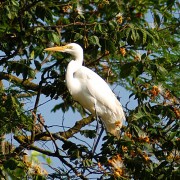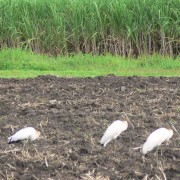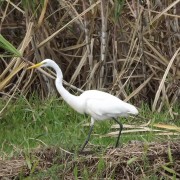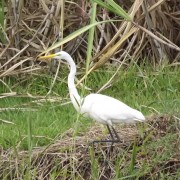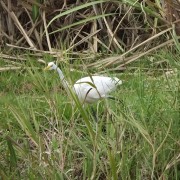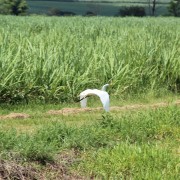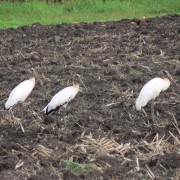Biodiversity
 Great egret
Ardea alba | Linnaeus, 1758
Great egret
Ardea alba | Linnaeus, 1758
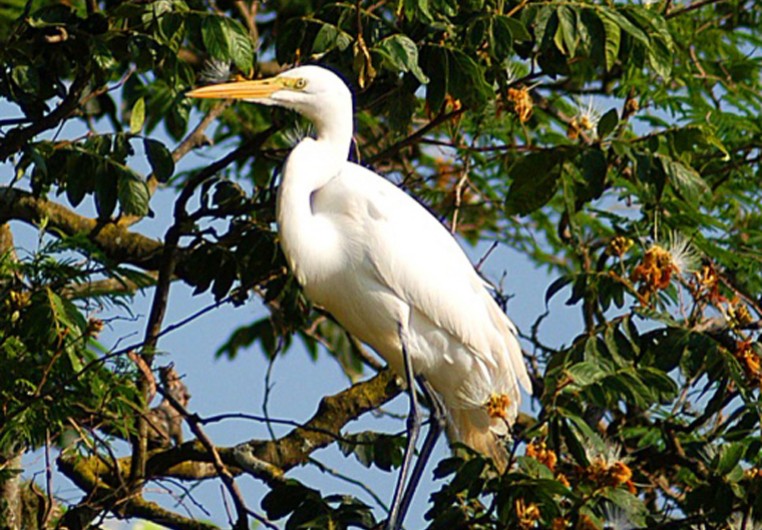
Vocalization

Characterization: Large species measuring about 88cm in length. It is white and its feathers measure 50cm or more. Its beak is yellow and legs dark.
Distribution: North America to the Straits of Magellan, throughout Brazil, and also in the Old World.
Habitat: Lake and river banks and marshes.
Habits: Daytime and aquatic species.
Diet: Carnivorous, this bird feeds on fish, aquatic insects (imagos and larvae), crabs, mollusks, amphibians, and reptiles. Sometimes it feeds on snakes and guinea pigs.
Breeding: This bird lays 1-2 eggs in a nest built on trees or shrubs in the swamps. It usually associates in mixed colonies, and procreation usually comes at the beginning or end of the dry season, when food for waterfowl is usually more plentiful.
In the UFRA area: This bird species was moderately frequent, as it was seen 18 times. Its spatial distribution was broad, as it was spotted in organic sugarcane fields, exotic woods, wetlands with herbaceous plants, wetlands with riparian forests, in the restored native forests, and in drainage ditches.




